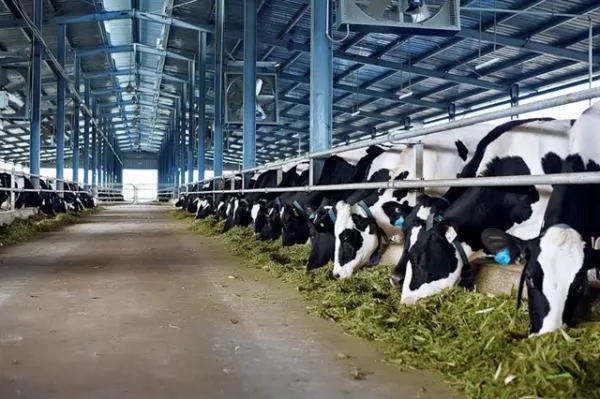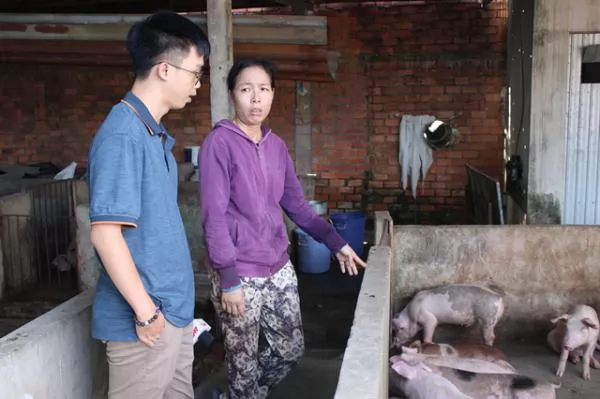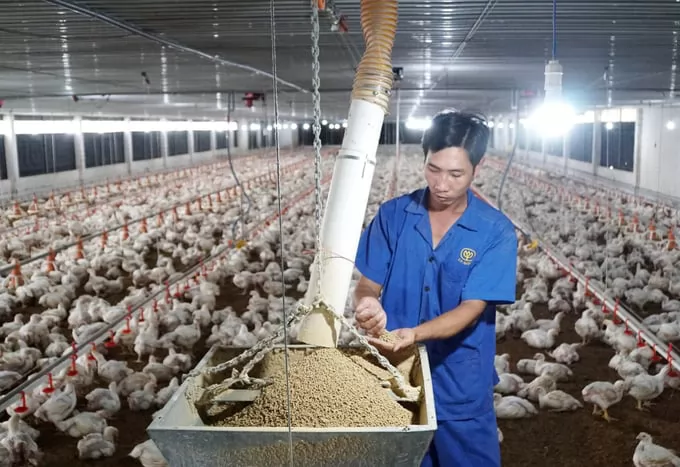Pork industries in Canada and US look to export markets

Dr Johnson (right of center, back row) meets with representatives from Cambodian food and feed safety regulatory agencies. Photo: NPPC
(VAN) Producer economic losses are heavy in the US swine industry, and throughout 2023, there were substantial farm and slaughter plant closures in both the US and Canada.
The pork industries in these countries are suffering, and cutting supply is seen as the only option to attempt to make a profit. Farrowings are currently being reduced in the US.
US domestic pork consumption is low, production costs are high in both Canada and the US, and also for both nations, exports to China, South Korea and Japan are beginning to decline. Next to Mexico, these 3 countries make up the top US pork export markets. Canada exports pork, in order of highest volumes, to China, the US, Japan, Mexico and South Korea.
Population decline and reduced consumption among aging populations are to blame for export volumes starting to fall in China, South Korea and Japan. This trend is not expected to reverse, and both Canada and the US continue to develop other markets.
Good news from the Philippines
The market in the Philippines should remain strong for US pork exports in 2024, and may expand. The National Pork Producers Council (NPPC) has been working with the US and Philippines governments to expand market access.
On January 5, NPPC reported that the Philippines has again extended reduced tariff rates on imported pork for the third year.
The NPPC states that “the Philippines is an important Asian market for the US pork industry. With more than 109 million people and a cultural preference for pork, the island nation is a top-10 market for US pork exports. The country’s lower tariffs on pork imports have helped spur significant increases in US pork exports there.”
The tariffs were first reduced in May 2021 to help deal with a shortage of pork caused by African Swine Fever outbreaks. The Philippines also increased its import quota amount, reports the NPPC, by about 5 times, to almost 255,000 metric tonnes.
Cambodian market
Recently, NPPC’s Dr Ashley Johnson, director of food policy, met with 6 officials of Cambodia’s food and feed safety regulatory agencies to discuss the safety of US pork. While this will help the country bring its food safety regulations in line with international food safety standards, it may also help build the export market for US pork to Cambodia by demonstrating the safety of US pork.
Canada’s plans
Among Canada’s other activities to build export markets, on February 26, Canada Pork will have a meeting with pork exporters in Mexico, Canada’s 4th largest pork export market, to determine their needs for the year ahead, and discuss other issues.
On March 19, it will send delegates to the Food & Hotel Vietnam tradeshow. In May, it will attend SIAL China.
H.D
(PW)
Maybe you are interested

Tech important to promoting dairy industry
HÀ NỘI — Việt Nam has significant room to promote the dairy industry with the application of technology in farming and processing to establish a value chain, given the rising demand for dairy products in the domestic and global markets...

HCM City to switch from pork production to pig breeding
HCM CITY — HCM City plans to move its pig farming industry away from breeding for pork and increase the number of pigs raised for breeding purposes in the next five years.

Science and technology help Vietnam's livestock industry accelerate
Mechanization and automation solutions have contributed to helping livestock products dominate the world market.





